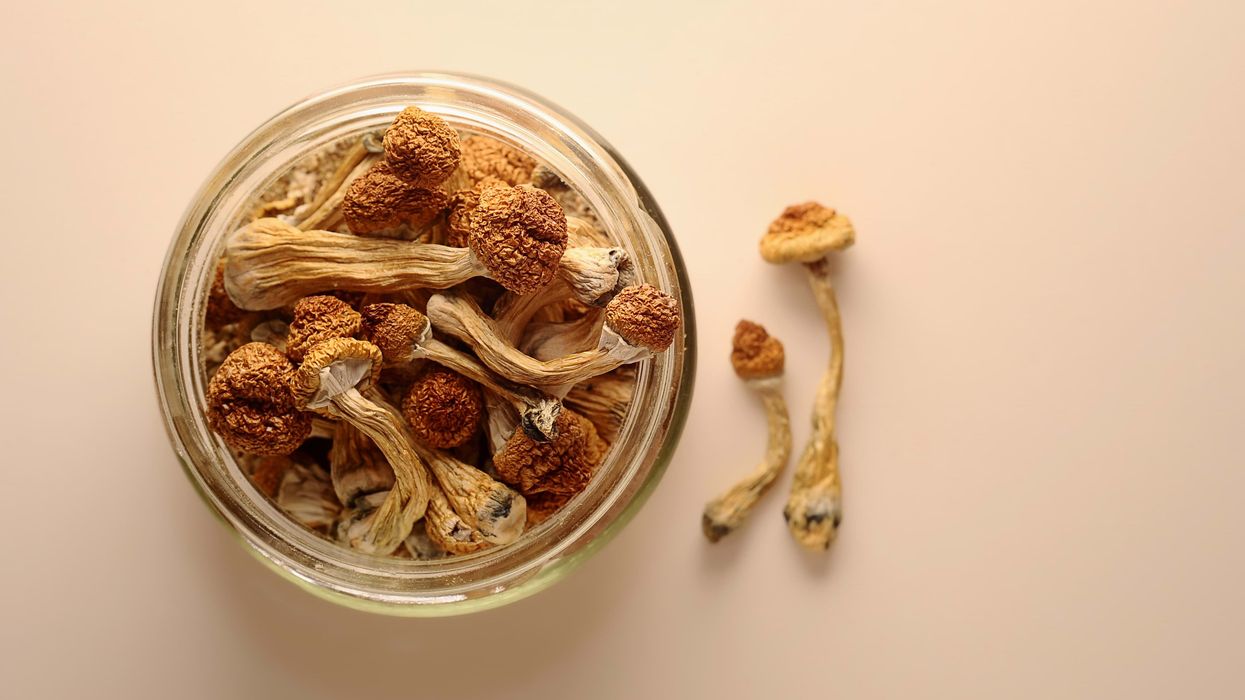Psychedelic exploration is seeing its first renaissance since the mid-century, but while the substances seem to have a largely positive effect on a person’s mental and physical wellbeing, the idea of “tripping” might still sound terrifying to a number of people.
Thankfully, there’s an app for that – i.e., a number of apps designed to allow people to experience something similar to a psychedelic journey without actually indulging in any psychedelics.
These five apps claim to help one experience a “trip” with a sober mind, giving a glimpse into the hallucinogen space to help you understand it from the outside before you decide whether or not you want to actually experiment.
Are the apps actually any good? Try a few of them and decide for yourself.
5 Apps That Emulate Aspects of a Psychedelic Journey
Psychedelics allow people to experience the world around them in an entirely new light, viewing everyday occurrences with a more objective and softer perspective than usual. Psychedelic trips can be incredibly enlightening, and many people are able to implement the realizations they come away with midtrip into their everyday lives.
That being said, someone who’s never tried psychedelics before might be intimidated by the aspect of a “trip” – especially considering it’s difficult to convey expectations without experiencing firsthand.
In order to address this disconnect and attempt to open more people’s minds up to the possibility of psychedelic exploration in a way that makes tangible sense without actual ingestion, pro-psychedelic tech developers have brought the next best thing to your smartphone: apps that allow you to “experience” elements of a psychedelic trip without any hallucinogens.
1. Lumenate
Created by UK inventors, the Lumenate app uses your phone’s flashlight to create stroboscopic light sequences. These sequences guide users neurologically into an altered state of consciousness – a delicious middle ground between deep meditation and a real psychedelic experience.
Psychedelics can be somewhat compared to meditation or hypnosis, but on a much deeper (and wavier) level. With that in mind, it’s easy to imagine how a deeply meditative state accompanied by rapturous lighting would move users as close to an actual hallucinogen experience as possible.
“People typically report the visual experience, perceived with eyes closed, as flying effortlessly through a multi-dimensional kaleidoscope of colors. Alongside this, almost all report some reduction in sense of body, ego and time,” co-creator Tom Galea said in an interview.
Psychiatrist and psychedelic researcher Dr. Ben Sessa also weighed in on the app in a company press release, stating: “It offers users an opportunity for personal growth and development. The success of the project is a testament to the careful design, scientific background and evidence-based approach of the Lumenate inventors. I see this tool being an important element in the future of clinical psychedelic research and treatments.”
2. Fluid Simulation
Created by electric artist and developer Pavel Dobryakov (a.k.a. “Pavel Do Great”), Fluid Simulation features stunning, interactive visuals designed to soothe anxiety, cure boredom, and even emulate the type of kaleidoscopical optics one might experience when under the influence of psychedelics.
This interactive app allows users to “play” with the relaxing “fluids” by touching the screen with your fingers, adjusting the swirling visuals with each point of contact to create something freshly beautiful and aesthetically soothing.
The idea of experiencing visuals on psychedelics might seem intimidating, especially if you can’t conceive of what that might look like. Playing with Fluid Simulation will give you a vague idea of what the visual element of psychedelic exploration brings and open your mind to what a soothing and even healing experience many people come away with after tripping.
3. Brainwaves
Researchers are newly exploring the use of sound as a form of psychedelic experience: particularly binaural beats, which are sounds that can allegedly trigger a psychoactive effect in a person’s brain without the use of real hallucinogens.
Binaural beats are all about frequency: when a person is exposed to two different sound frequencies in each ear, the brain automatically creates illusionary tones that are believed to cause you to process information in a similar-to-psychedelics type of altered state.
Just as psychedelic research begs to be explored further, this binaural beats concept is somewhat new and largely anecdotal. However, the Brainwaves app is acting as a widespread test on binaural effects, offering users a variety of spiritual, delta wave sounds designed to help with relaxation, manifestation, healing, and other self-care practices people often seek when turning to psychedelics.
4. Mesmerize
Mesmerize combines audio and visual meditative experiences to help users relax while engaging with these unique and creative assets. This elite combination mimics the state of mind users often report having achieved when consuming psychedelics: total clarity, a streamlined cognitive pathway, and an ultimately more peaceful perspective on everyday life.
Reviewers of the app have reported increased ability to relax, meditate, visualize, sleep, and curb symptoms of anxiety, phobias, OCD, and more.
5. Forge of Neon
Forge of Neon is the most interactive of these trippy apps, offering users the ability to relax and doodle magical, animated glow art that is presented in 3D. This app brings artistic creativity to another level, both imitating a trippy experience and allowing you to tap into drawing and painting from a digital scope.
Like the rest of these apps, you definitely don’t have to be high on psychedelics to experience the meditative and healing properties they deliver…but it wouldn’t hurt!
Need a little more Bluntness in your life? Subscribe for our newsletter to stay in the loop.
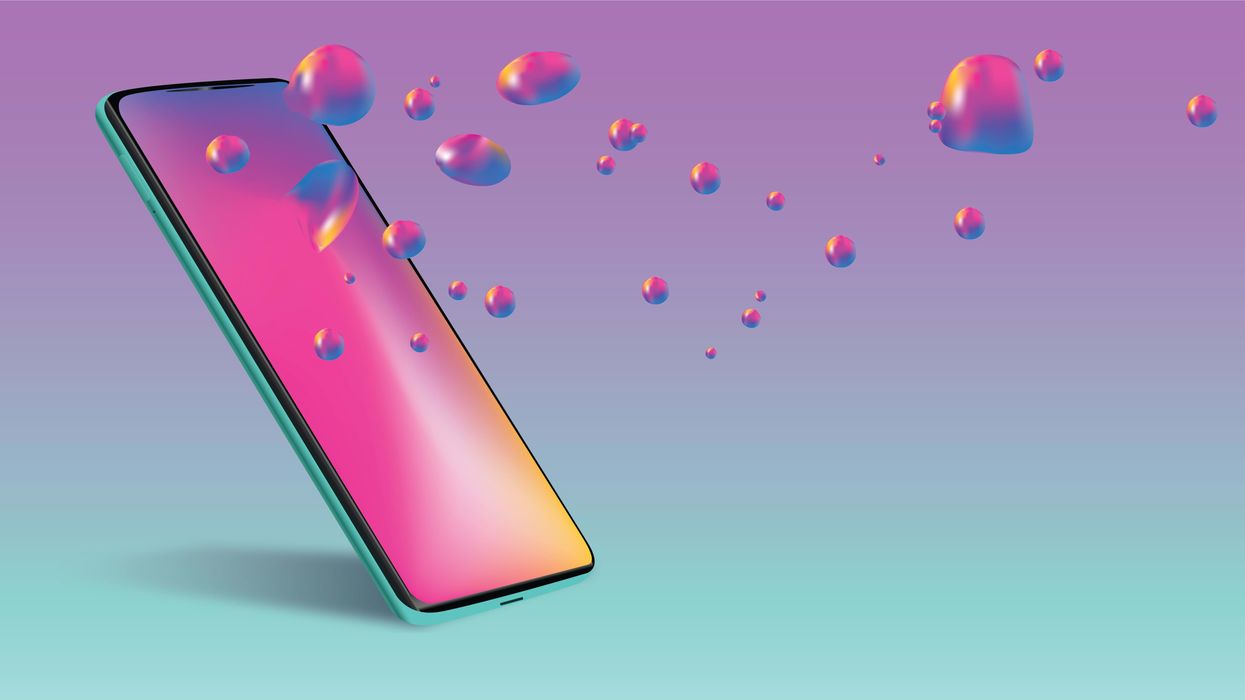

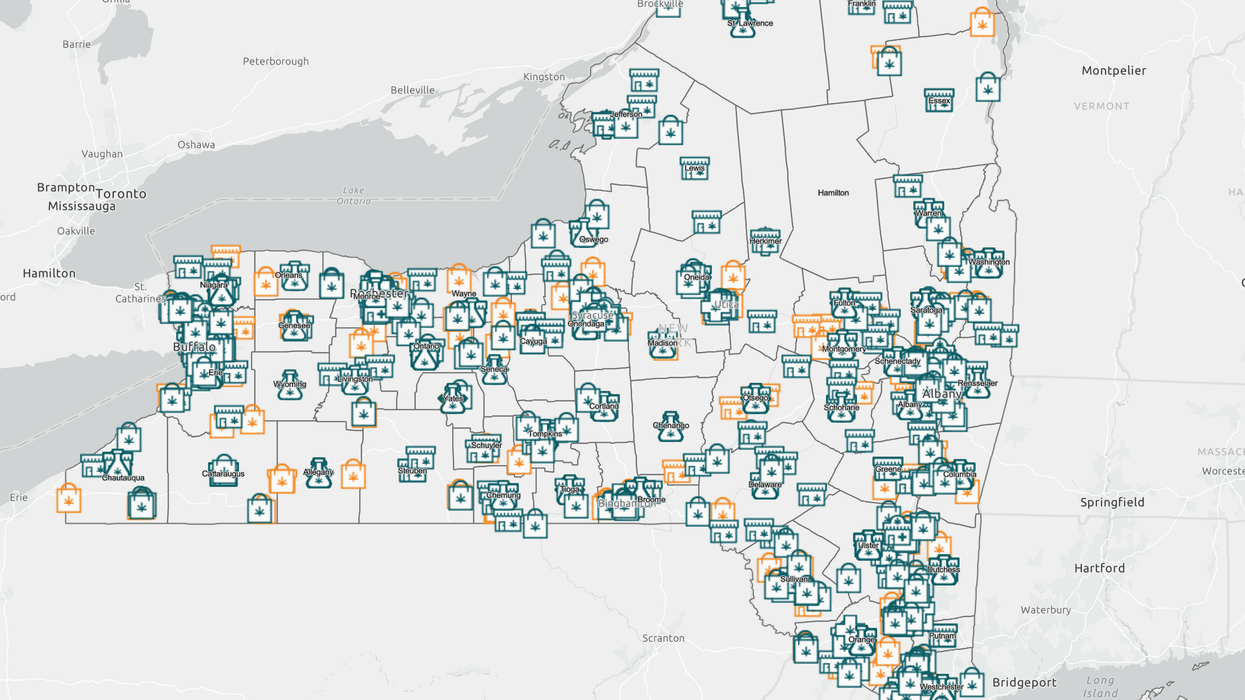
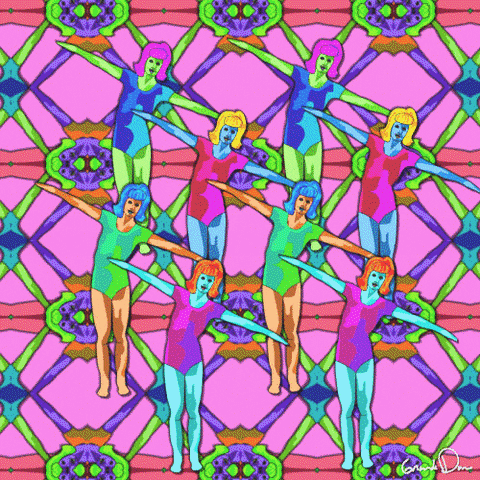
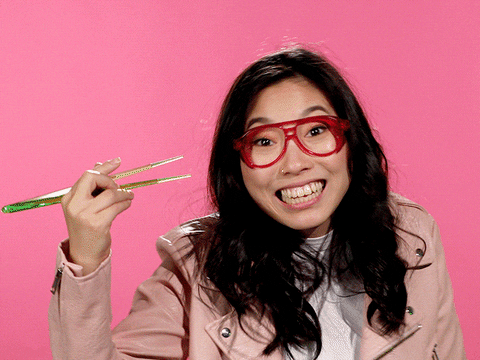
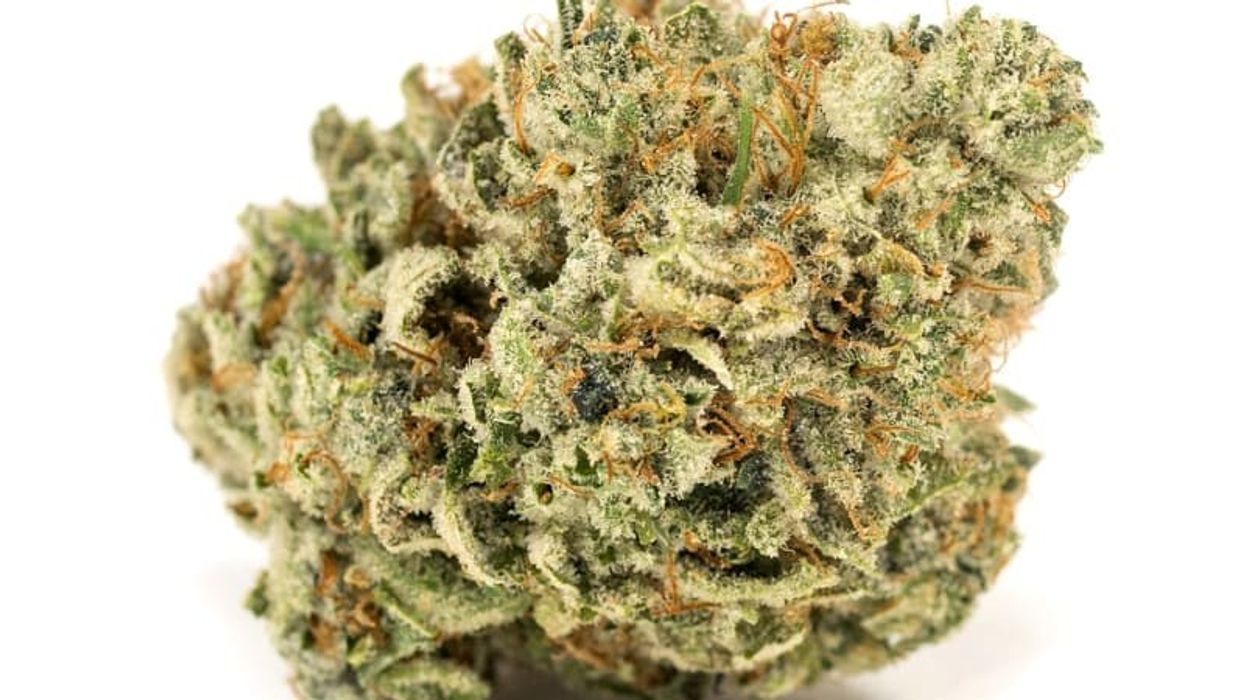
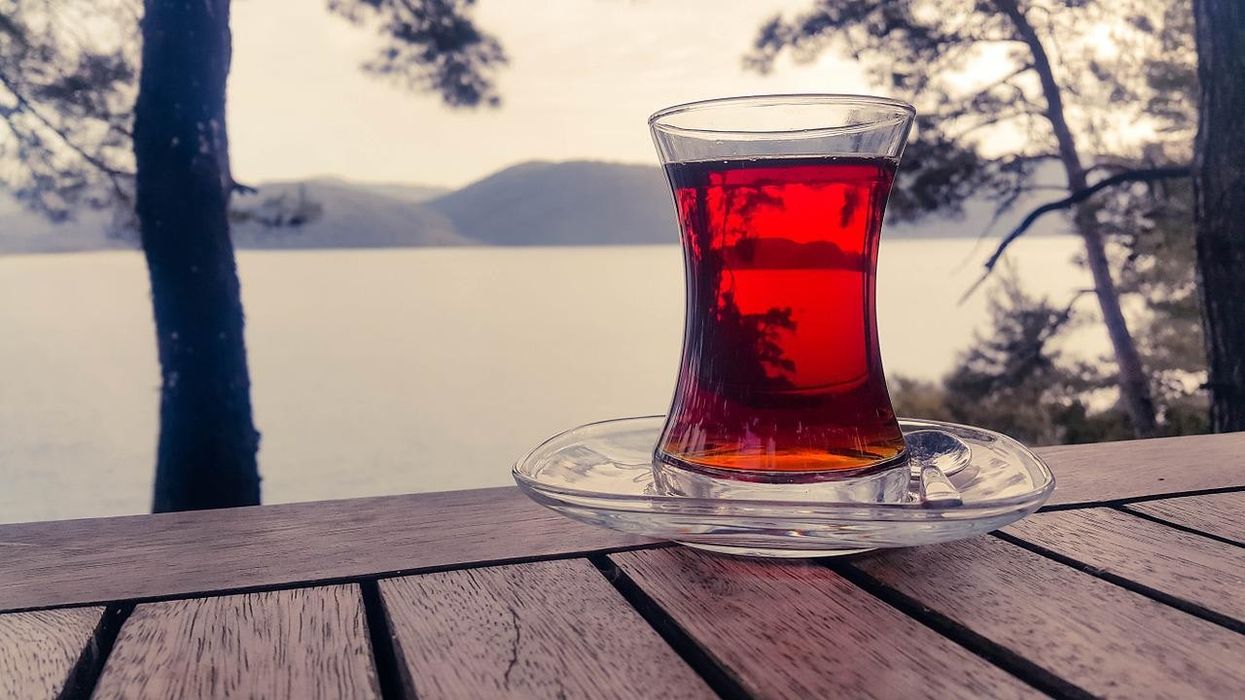
 How to Make Mushroom Tea - The Bluntness
null
How to Make Mushroom Tea - The Bluntness
null
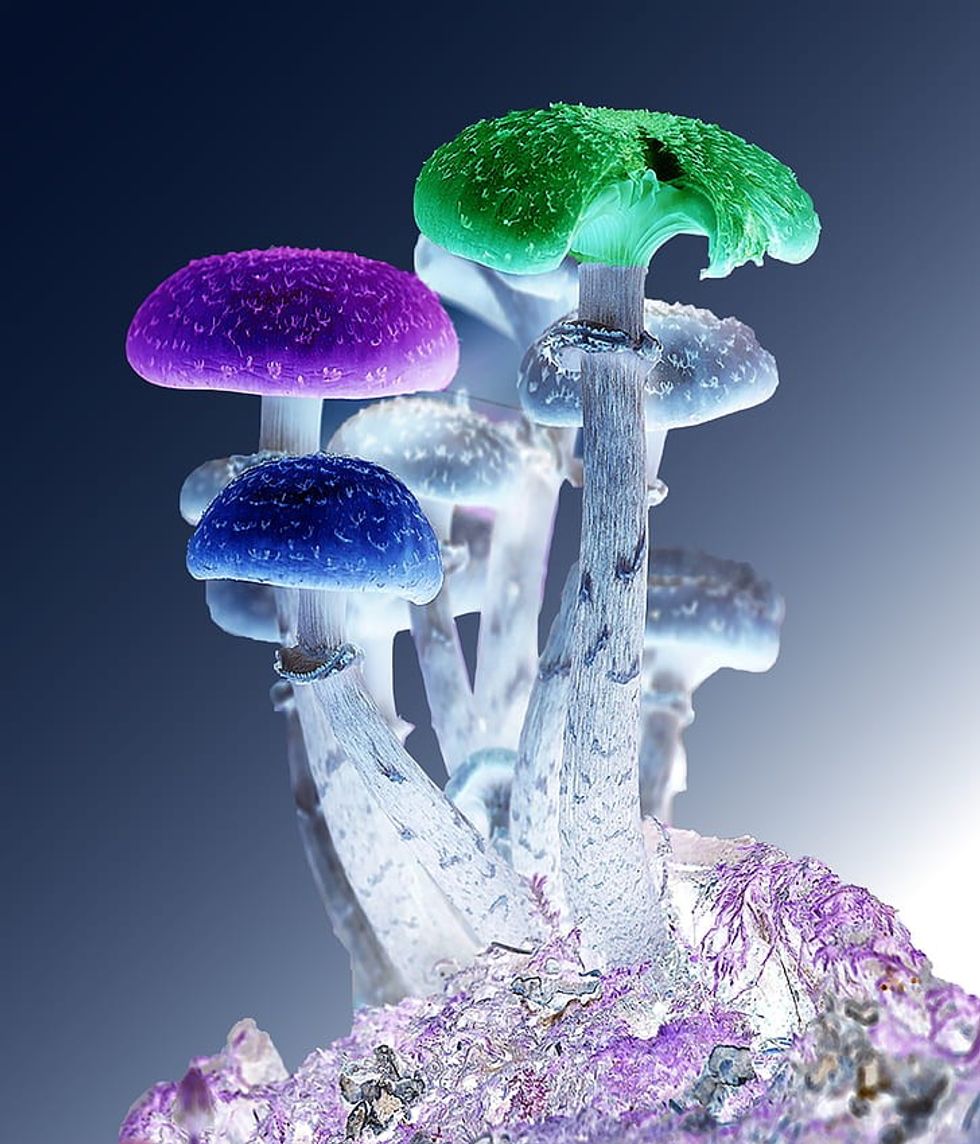 How to Make Mushroom Tea - The Bluntness
www.pickpik.com
How to Make Mushroom Tea - The Bluntness
www.pickpik.com

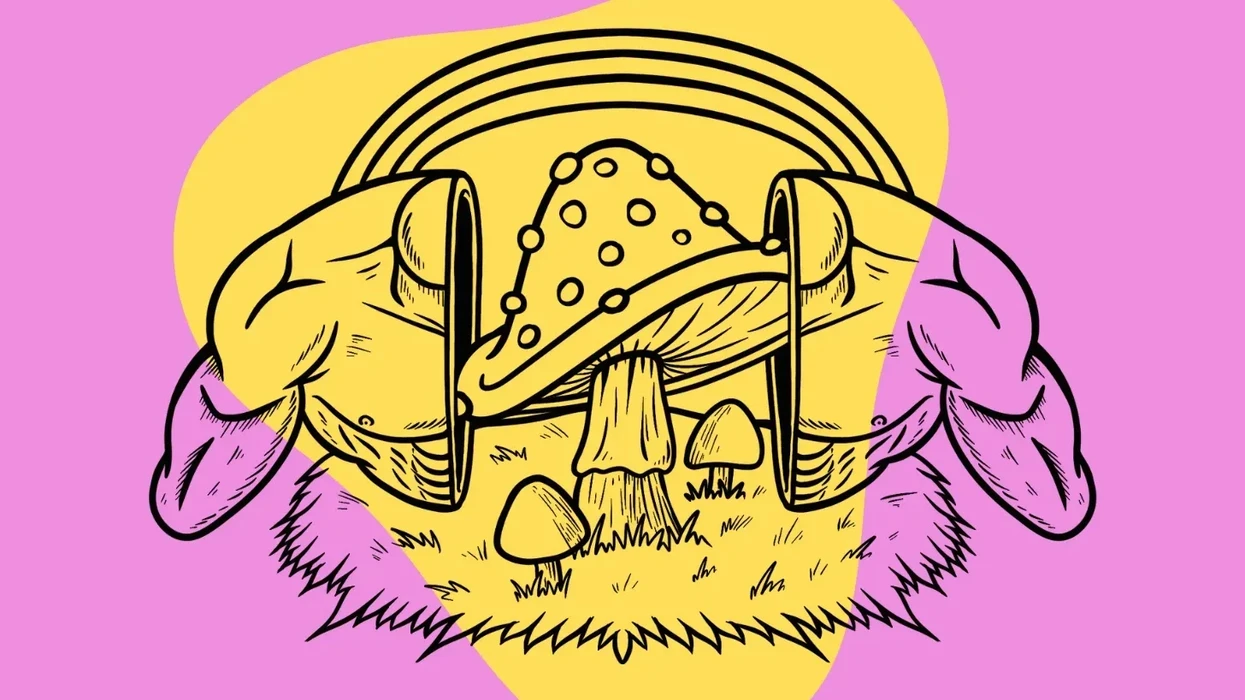
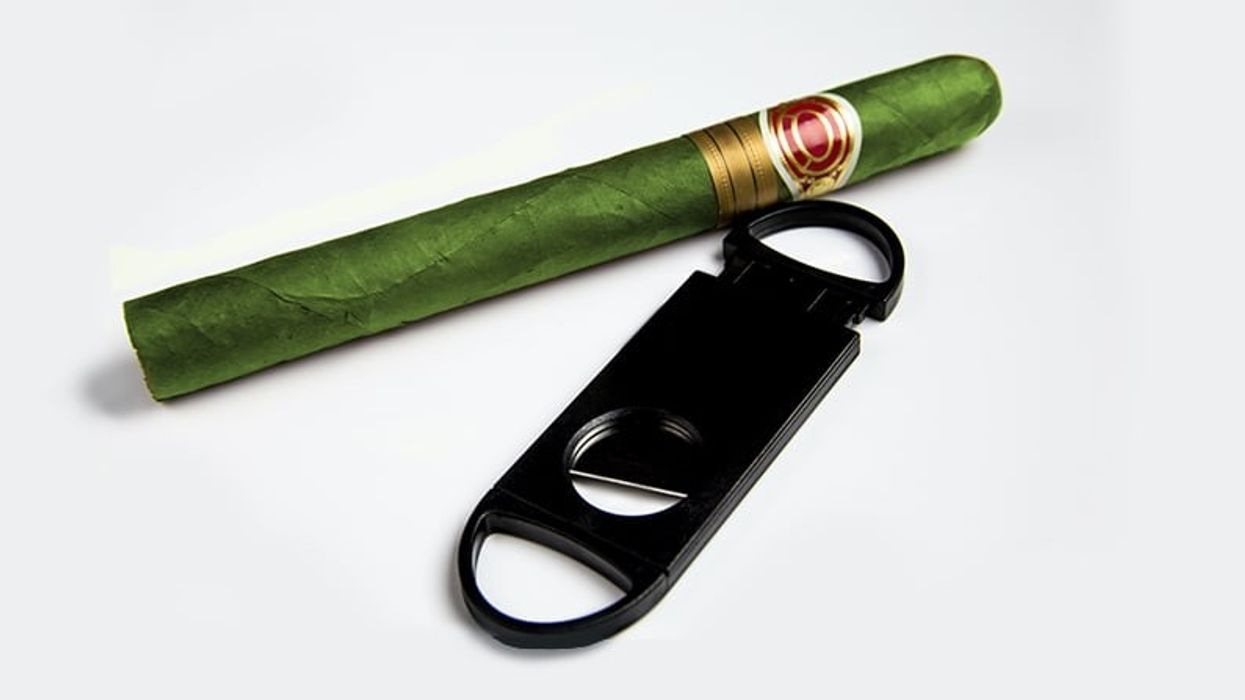
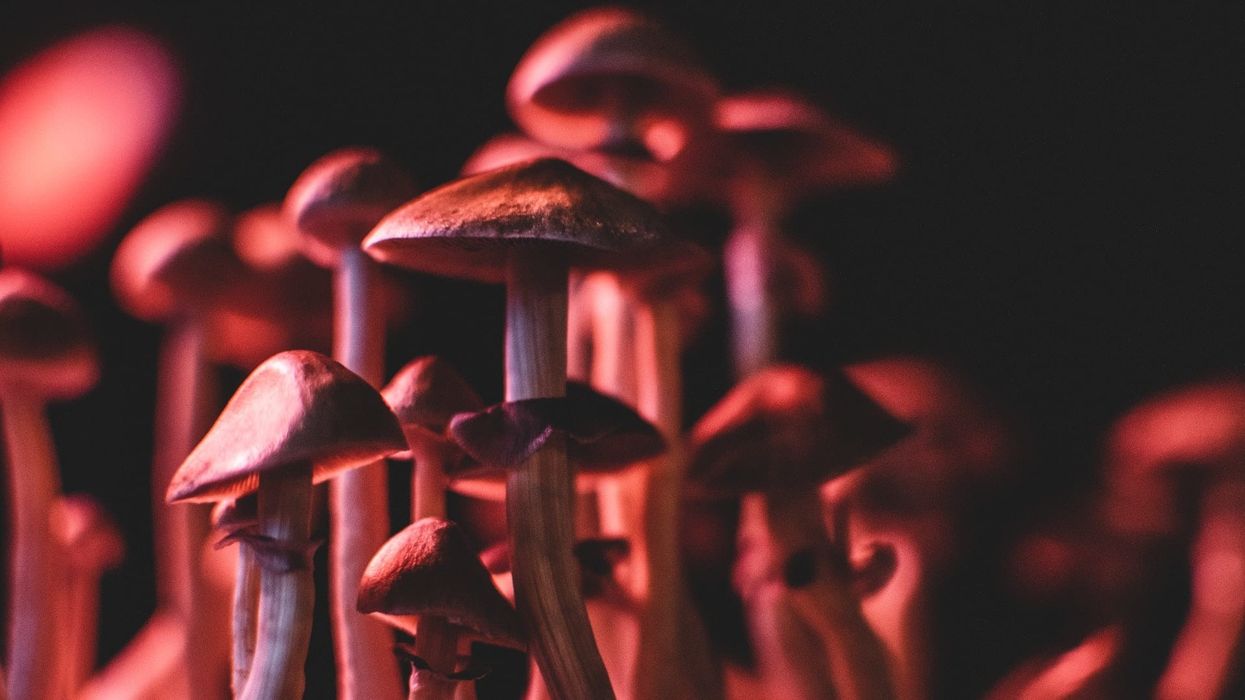
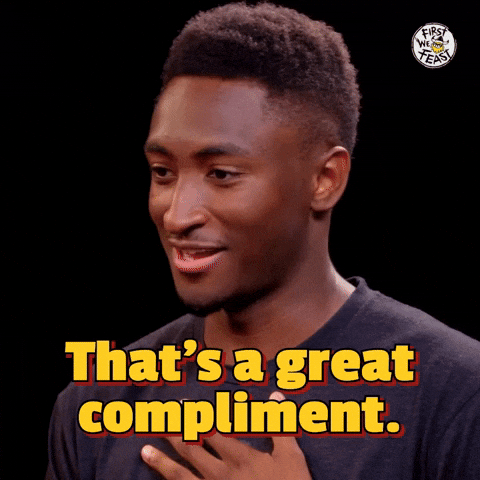
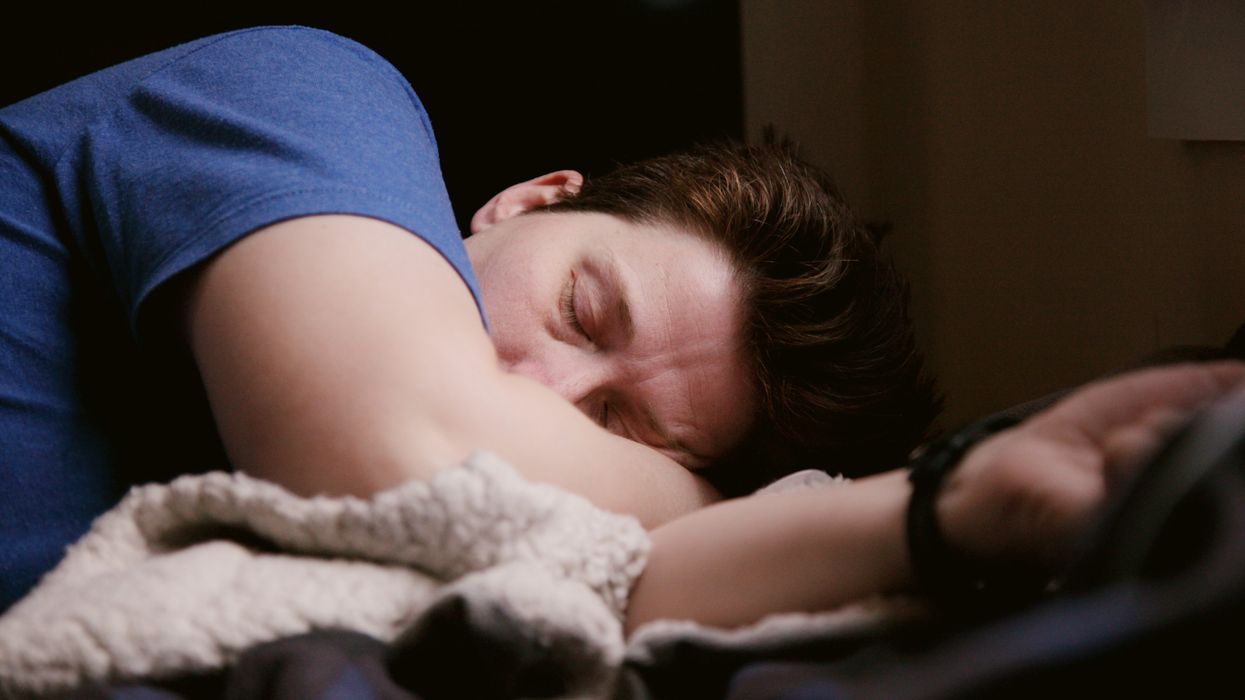
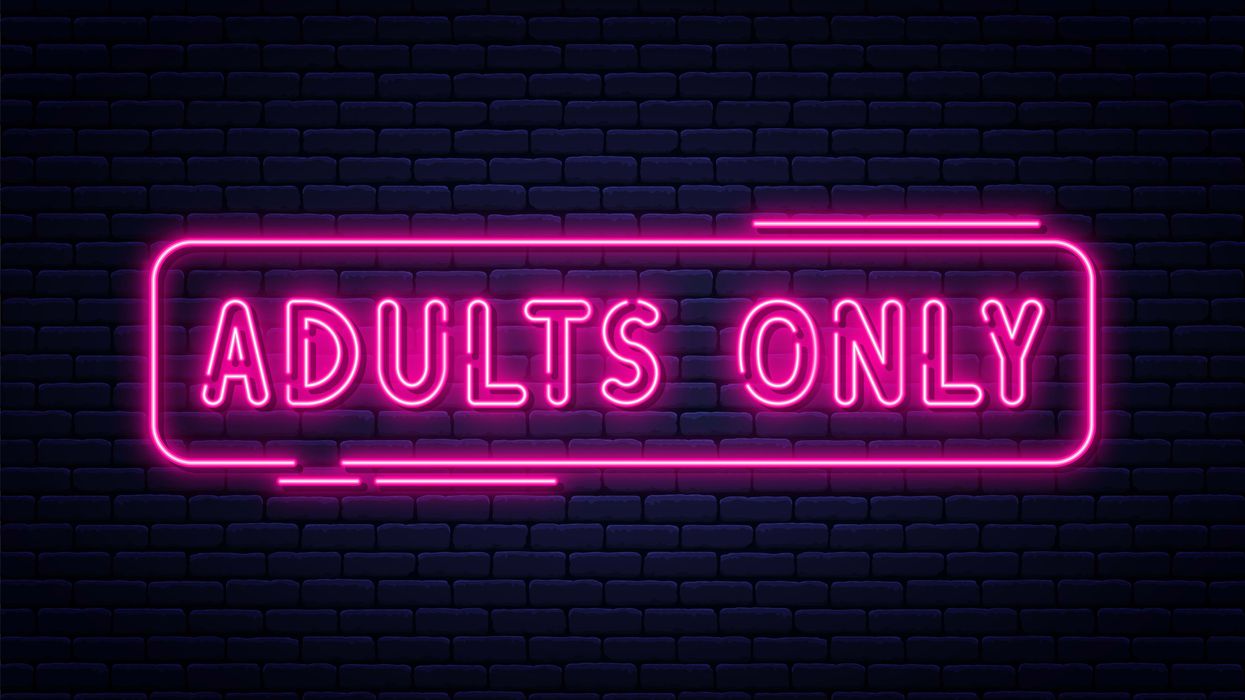
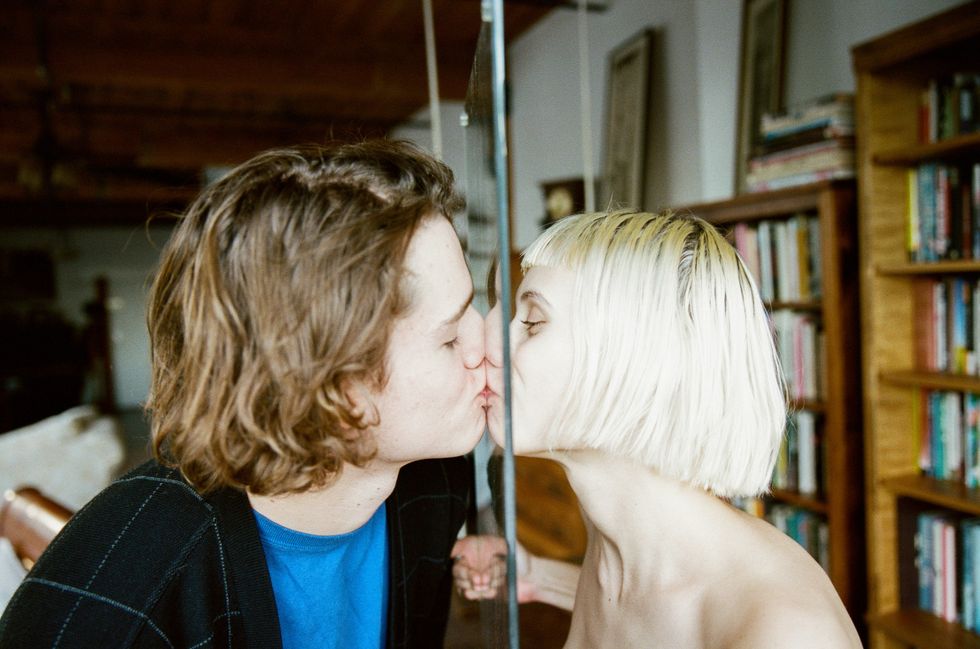
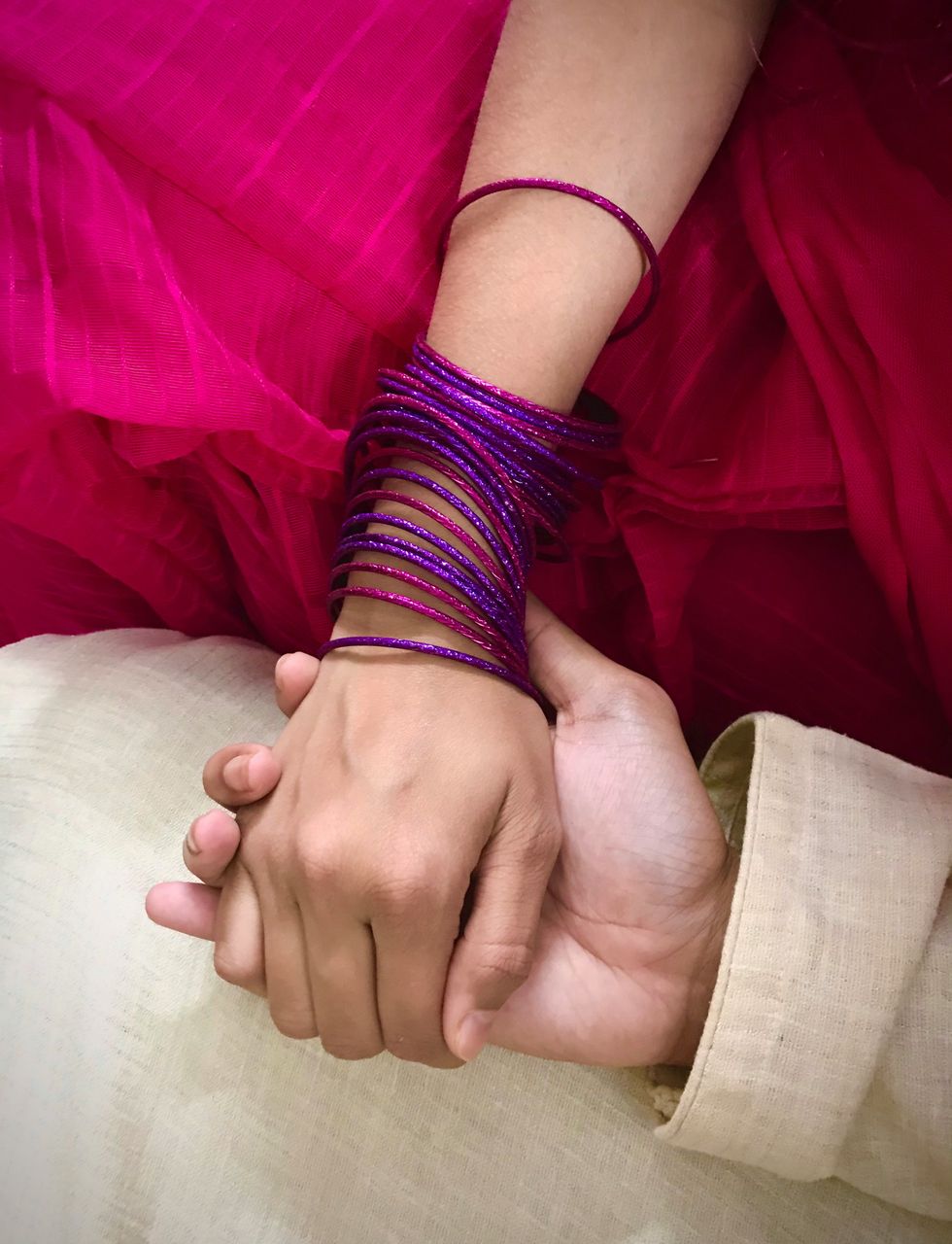
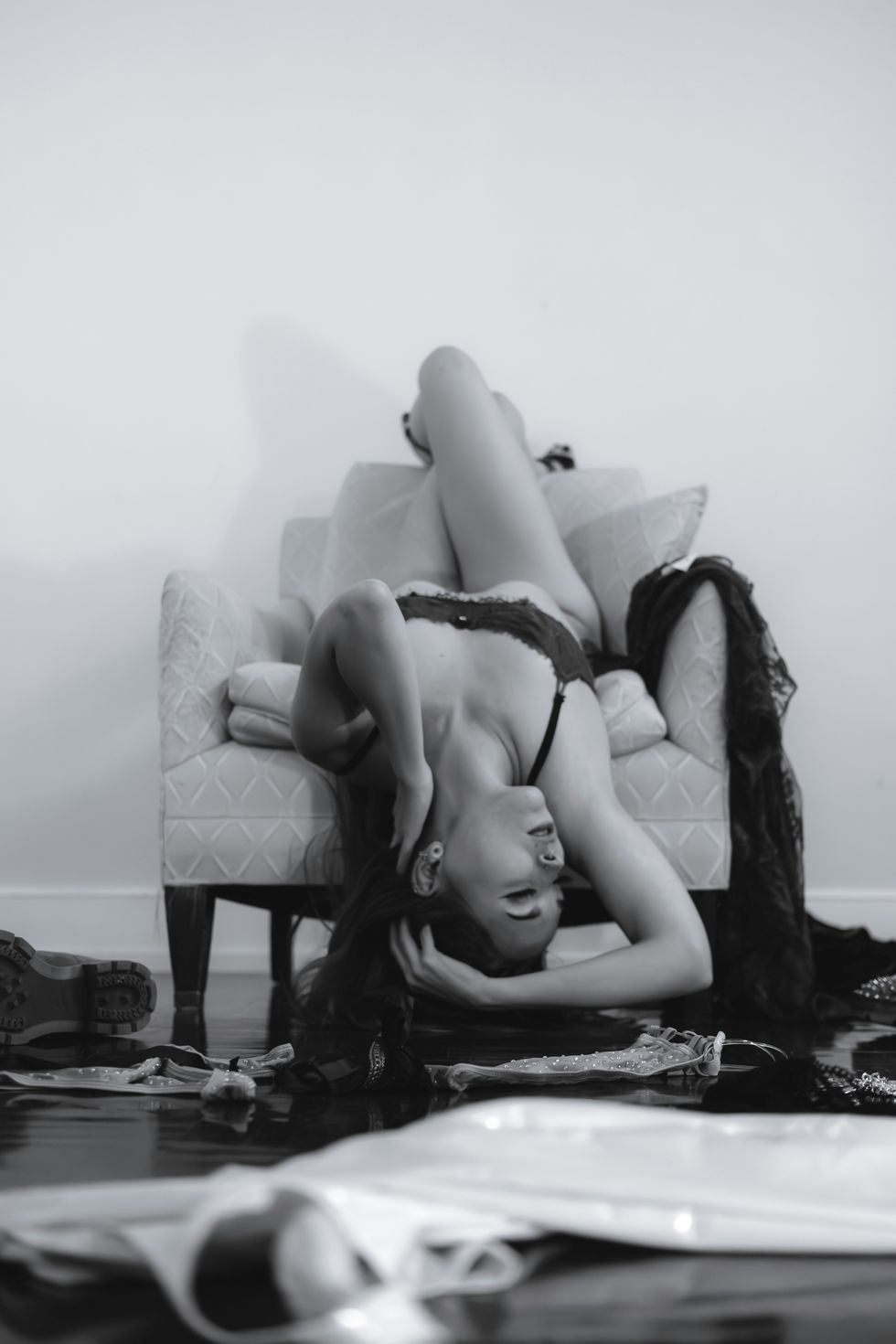
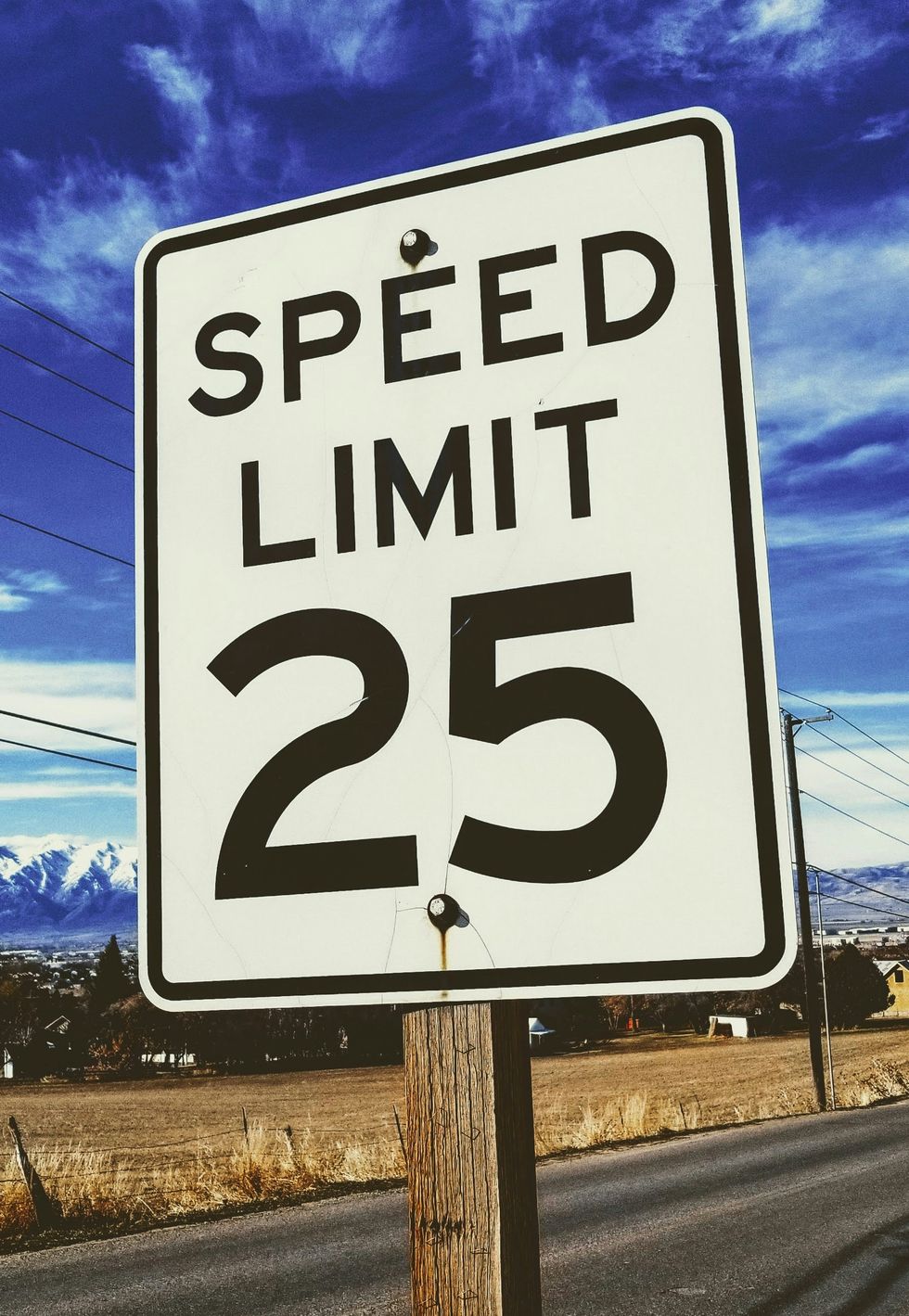
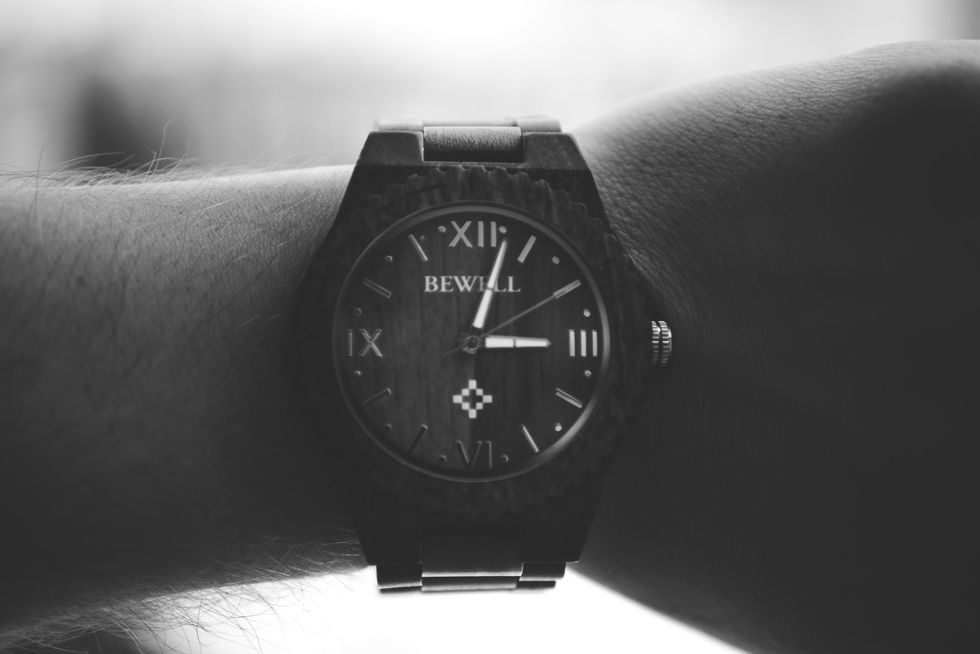
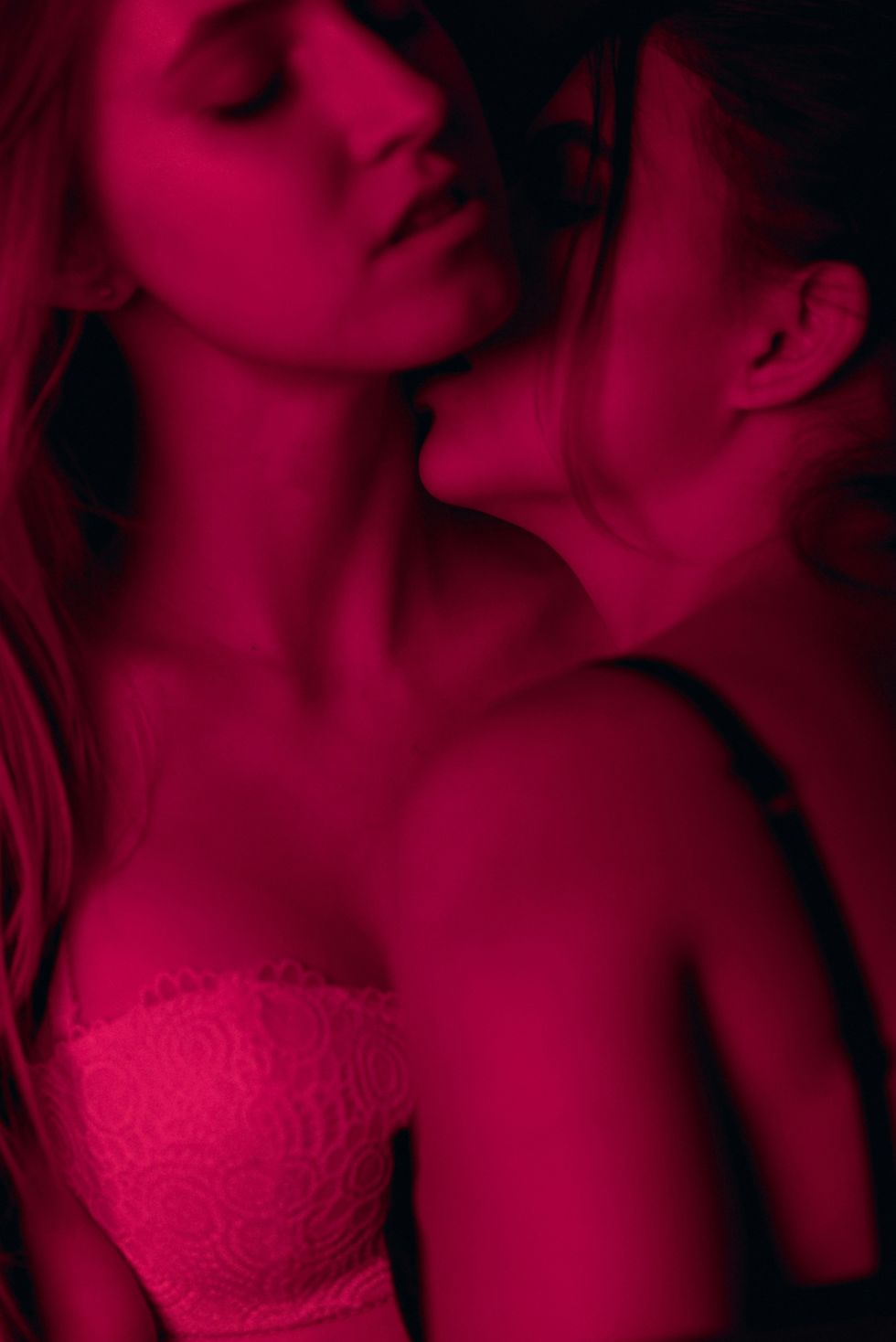

 FDA Approves Landmark Cannabis for PTSD in Veterans - The Bluntness
Photo by Wesley Tingey on Unsplash
FDA Approves Landmark Cannabis for PTSD in Veterans - The Bluntness
Photo by Wesley Tingey on Unsplash

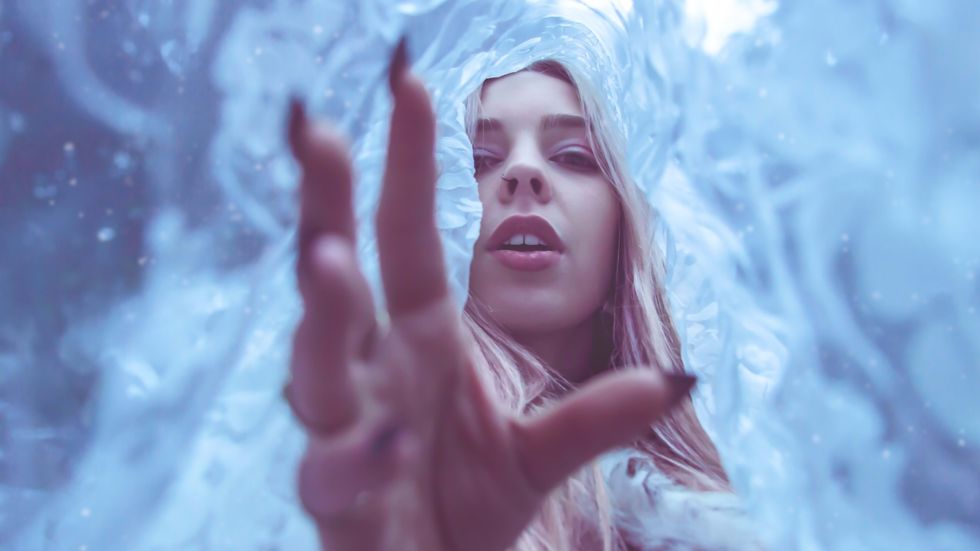 What Are Psychedelics?
What Are Psychedelics?